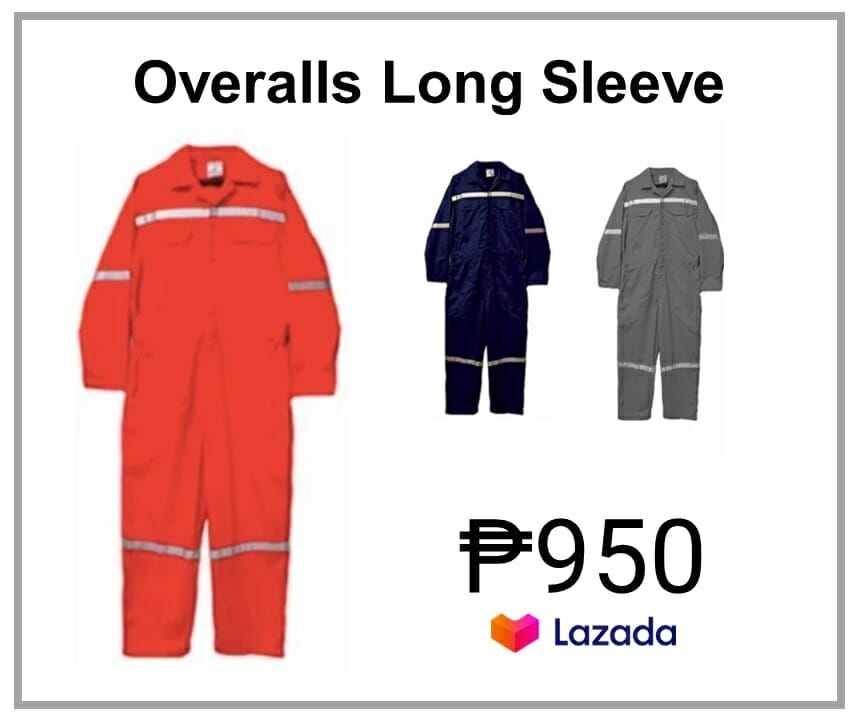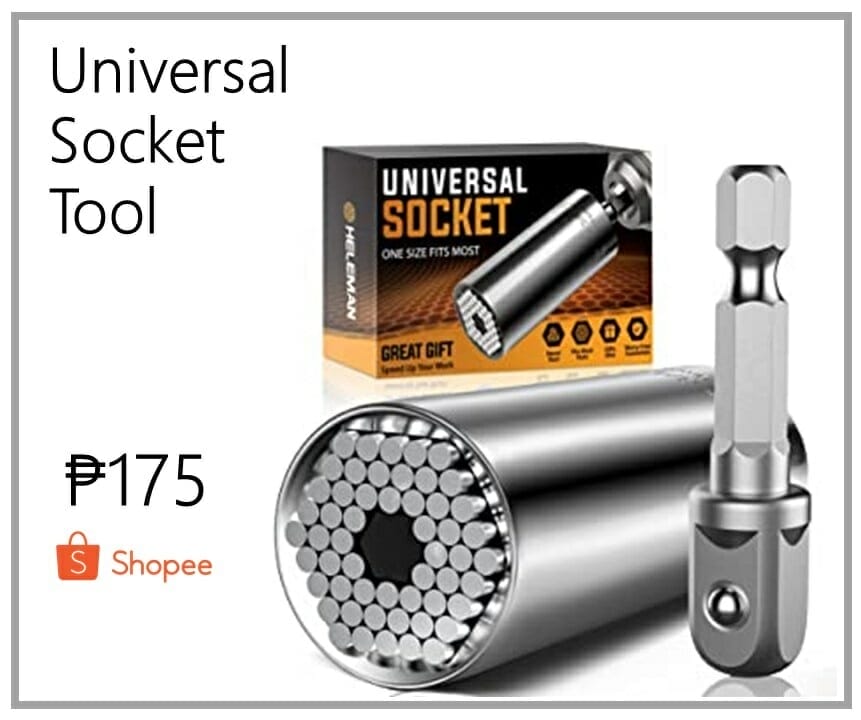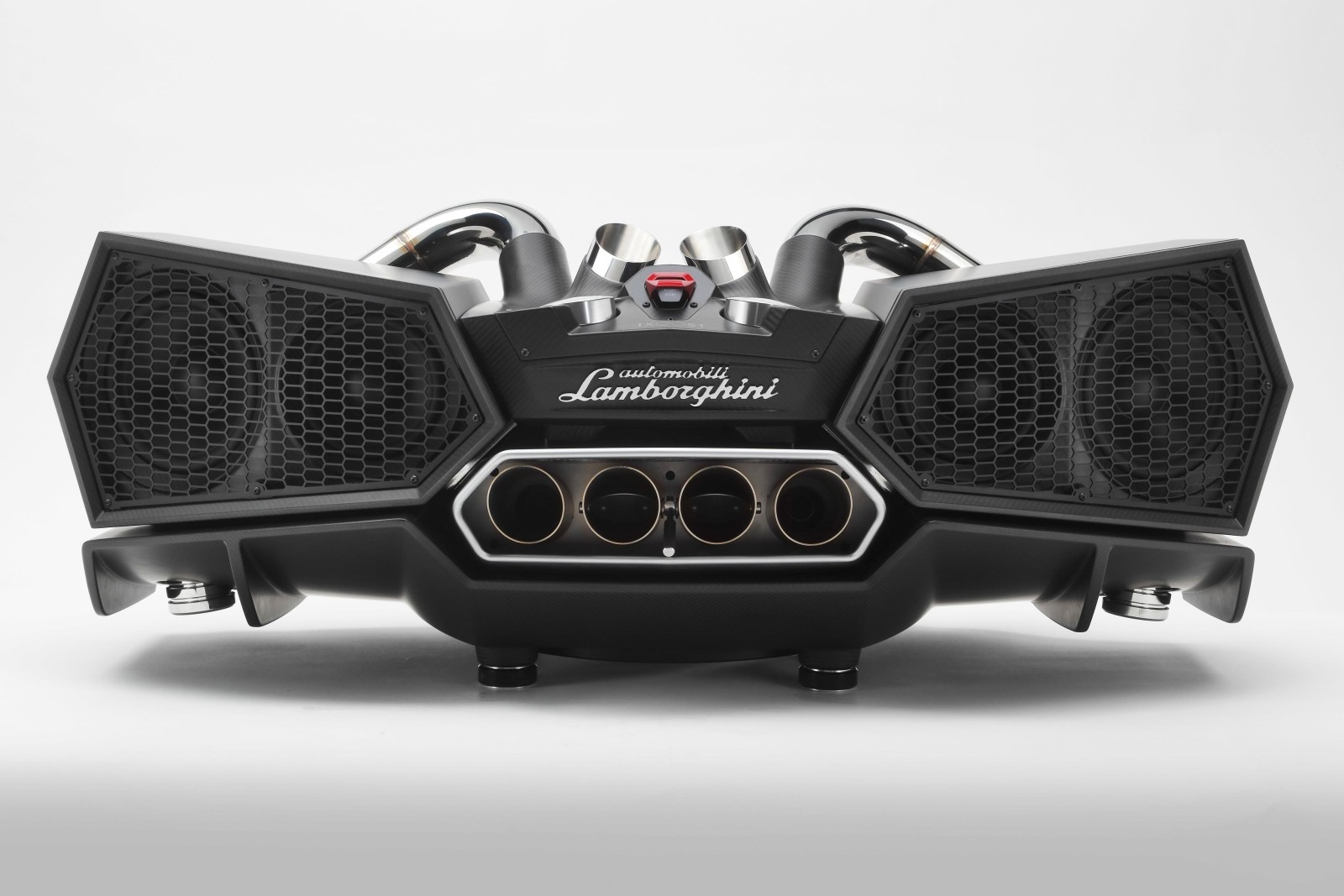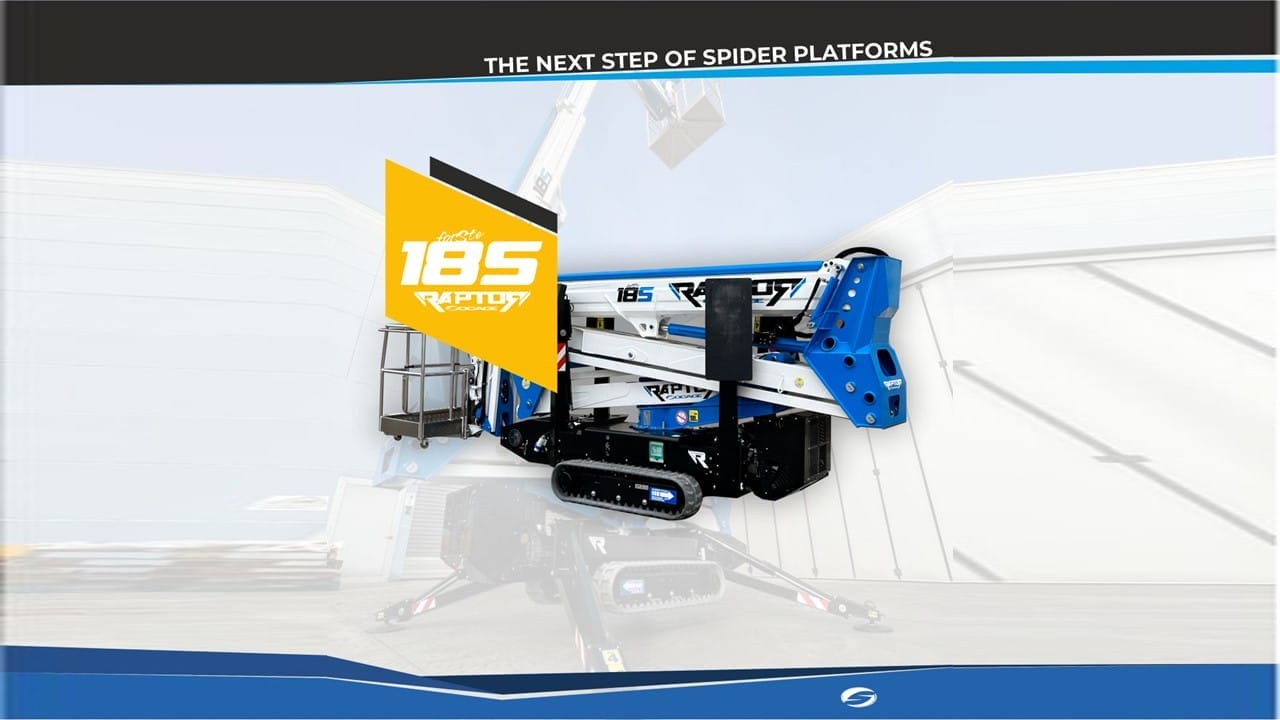Textiles and the construction industry have an underrated relationship that is yet to bloom in sustainable buildings of the future. The technologies are still developing but textiles are already seen to be useful for many types of proofing in buildings.
The Gore-Tex that people wear as clothing and footwear – or at least membranes of the same material – will soon be integrated with the buildings to provide water-resistant and breathable walls.
Meanwhile, an innovation by DuPont called Tyvek includes a roofing underlayment that serves as ‘raincoat’ for homes. It allows for better traction and grip while walking on the roof, lightweight durability, excellent secondary moisture protection and a wrinkle-free surface for smoother installations.
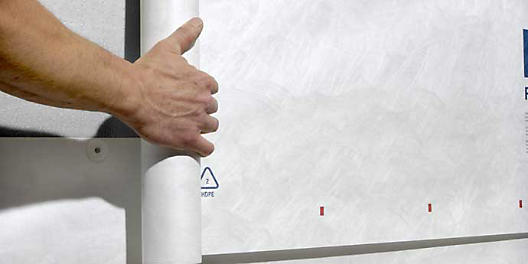
The company also has a variety which can be applied for walls, keeping the air and warer out while letting water vapor escape. It further contributes to improved building durability by helping to protect houses against damaging wind and rain that can penetrate the exterior cladding.
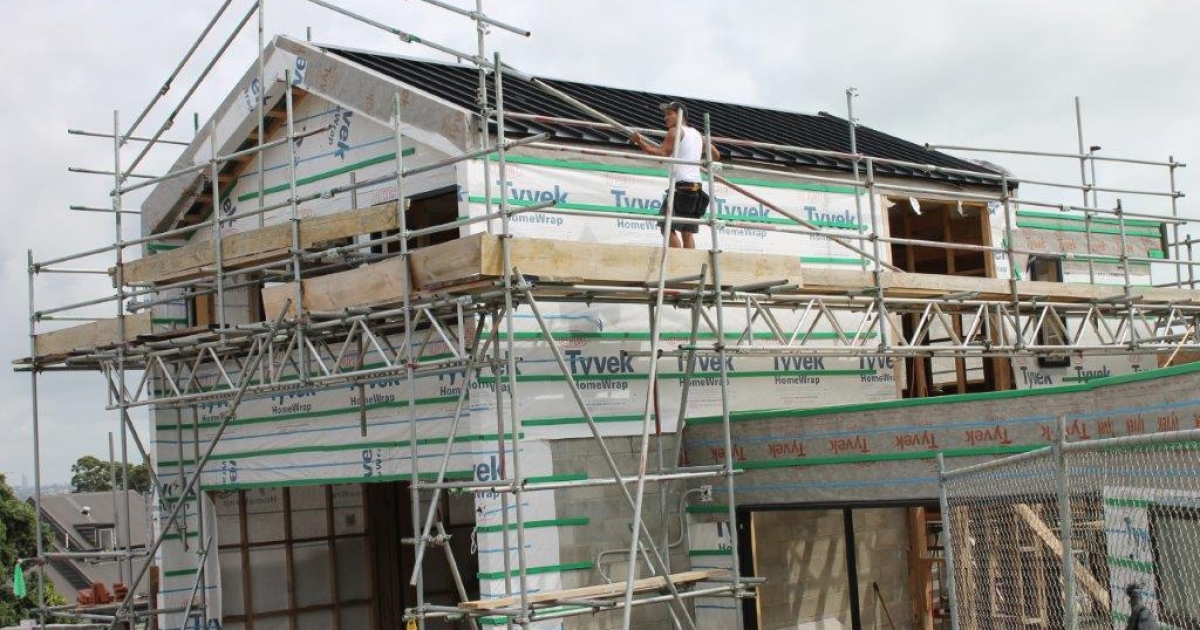
Another is Rooflys by the Beaulieu International Group, which is a coated black woven textile placed under the roof. It is used primarily for the protection of the roof insulation from mould. This type of textile is tear-, fire-, wind-, and UV-resistant and sealable by nails.
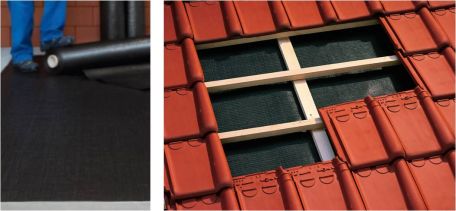
There is also a panel made with textile waste developed by a 3-man team from the Technical University of Madrid (UPM) in Spain, which they claim to significantly enhance both the thermal and acoustic conditions of buildings. This, while reducing greenhouse gas emissions and the energy impact associated with the development of construction materials.
Researches of textiles for building proofing focus on animal-based fibres like wool or silk, plant-based fibres such as linen and cotton, and synthetics such as polyester and rayon. All of these seek to improve the quality of construction by developing high-performance proofing materials.
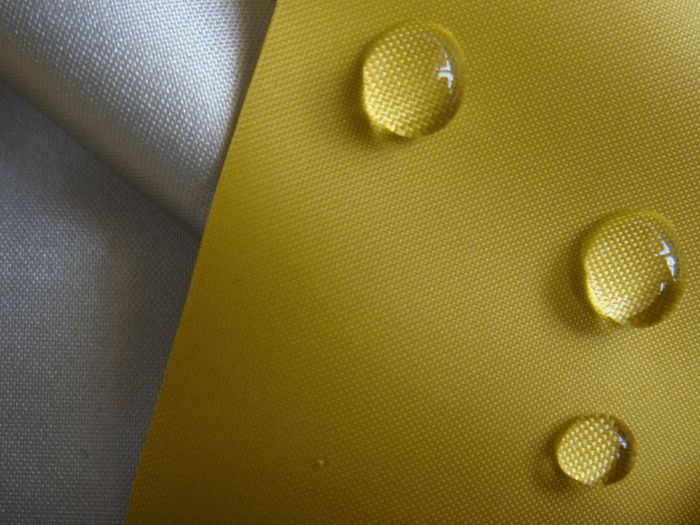
Such fibers have the mechanical properties that are essential in building construction. They are light, strong, and resistant to creep, deterioration by chemicals, and pollutants in the air or rain.
Andrea Bassi, professor at the Department of Civil and Environmental Engineering (DICA) from Politecnico of Milan, agrees that textiles are critical in modern buildings. He says, “Textiles play an important role in the modernisation of infrastructure and in sustainable buildings.
“Nylon and fiberglass are mixed with traditional fibres to control thermal and acoustic insulation in walls, façades and roofs,” he adds.
Technological innovation in materials like nanotechnologies mixed with traditional clothing textiles, Bassi noted, allows buildings to use textiles containing steel polyvinyl chloride (PVC) or ethylene tetrafluoroethylene (ETFE). These two offer antibacterial, antifungal and antimycotic properties other than being antistatic, sound-absorbing and water-resistant.
Apart from textiles, there are natural fiber composite materials like straw and hemp that can preserve indoor air quality. Finlay White from Modcell, a company that self-proclaims to have built the world’s first commercially available straw houses, says that these bio-based materials “can reduce the incidence of mould growth because they breathe. The breathability of materials refers to their ability to absorb and desorb moisture naturally.”
He adds, “For example, highly insulated buildings with poor ventilation can build up high levels of moisture in the air. If the moisture meets a cool surface, it will condensate and producing mould unless it is managed. Bio-based materials have the means to absorb moisture so that the risk of condensation is reduced, preventing the potential for mould growth.”









